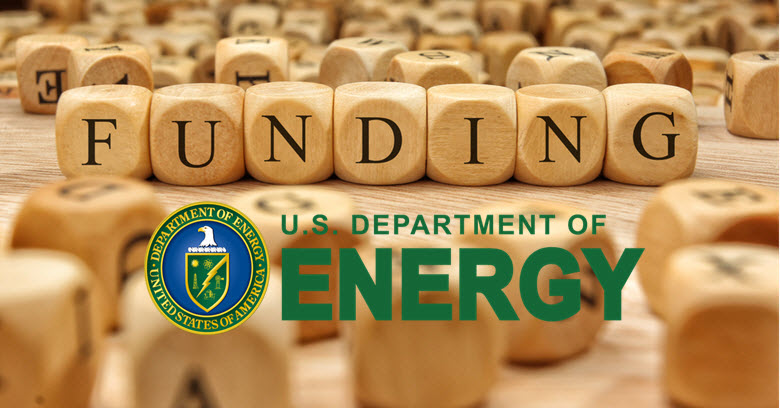
On his first day in office, President Biden signed the U.S. back onto the Paris Agreement. The signature signifies our devotion to greenhouse gas emission reduction. We can limit global warming to 2 degrees Celsius below pre-industrial levels by adopting renewable energy sources.
Fuel cell energy is a sustainable solution for environmental degradation. The U.S. Department of Energy (DOE) invested in its development, reducing our reliance on fossil fuels. An $8 million funding project is helping fuel cell energy generate a clean future for Americans.
Efficient Clean Power Generation
The DOE assigned part of the funding to solid oxide fuel cell (SOFC) technology development. This technology can increase energy generation efficiency. The Advanced Research Projects Agency-Energy (ARPA-E) maintains an SOFC commercial system, allowing high-volume clean power production.
Their current model is based on a multi-stack module, fueling larger systems. As technology advances, the SOFC equipment could help decarbonize the energy sector.
Fuel cell energy also provides the most holistic portfolios of stationary cell power production in the industry. Recent funding allows the industry to develop a modernized electric grid, generate a decarbonization path, provide energy reliance, and integrate wind and solar power.
Advancing Electrolysis Efficiency
Fuel cell advancements can generate a clean future for the energy sector by advancing electrolysis efficiency and development. Electrolysis holds a promising future in the renewable energy world, developing non-depletable hydrogen sources.
The process utilizes electricity, dividing water into hydrogen and oxygen elements. Splitting occurs inside the electrolyzer, which may run on renewable power. When recycled, the water fueling the system creates a sustainably closed loop.
Electric Grid
Renewable technology companies are expanding, displaying hope for mass commercial and residential electricity transformation. The current companies produce over 35,000 kilovolt-amperes annually, proving their ability to develop an electric grid.
A mass renewably driven grid could support green technology, shrinking society’s carbon footprint. One method of greenhouse gas emission reduction supporting the Paris Agreement is adopting an electric public transportation system. Our current system contributes 30% of all carbon emissions, making it the most significant single supporting factor.
Emission Reduction
The most significant benefit of mass fuel cell adoption is greenhouse gas emission reduction. Hydrogen-driven cells have a high energy content by weight. Hydrogen appears throughout the environment in abundant quantities, and we can recycle it without depletion or quality degradation.
Fuel cell-driven vehicles can reduce carbon emissions by 90% compared to conventional gasoline. The only emissions the vehicles release is water, which companies may re-electrolyze for more fuel. Renewable system development can both lower atmospheric pollution and generate clean water in necessary regions.
Advancements in fuel cell technology can generate fuel while increasing water security. About 14 of the 20 largest global cities experience water shortages. We could incorporate fuel cell devices in suffering areas, collect water offsets, and purify them for drinking water.
Future Technological Advancements
On top of electric grid development and efficiency advancements, environmental engineers also work to decrease surface pollution with energy generation devices. They are working on powering fuel cells with wastewater. Two wastewater elements generate fuel for renewable energy.
When separated, water and municipal solid waste (MSW) can transform into electricity. Above, we evaluated the electrolytic process used in water adaptation. Technology can also extract hydrogen from MSW, powering energy development.
Through the process, regions could reduce wastewater runoff pollution and the energy used to process and treat the substance. Cities with significant pollution problems can utilize the technology for environmental aid. New York City hopes to fuel its public bus system with MSW-driven fuel cell energy.
On the Horizon
We are currently in phase two of the fuel cell development process. Once SOFC and electrolysis technologies advance, we can expect to see a national adoption of fuel cell energy. A renewable energy grid is also on the horizon, helping us meet the Paris Agreement’s goals and shrink our national footprint.


Jane writes on green technology and renewable energy topics and works as the Editor-in-Chief of Environment.co.
Read the most up to date Fuel Cell and Hydrogen Industry news at FuelCellsWorks





